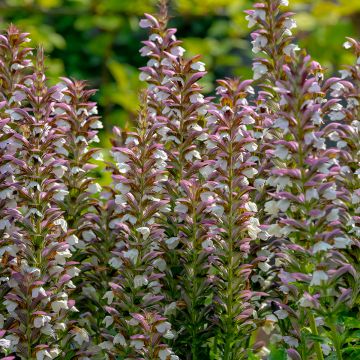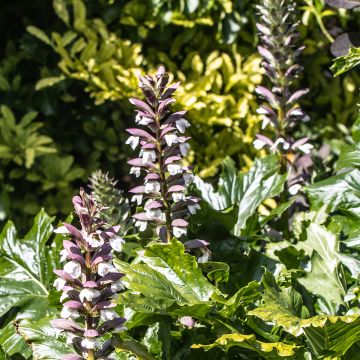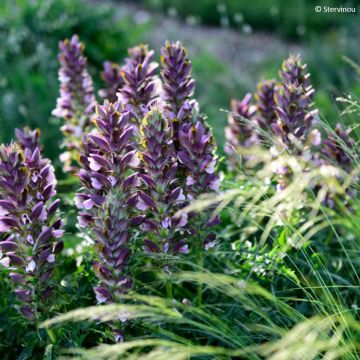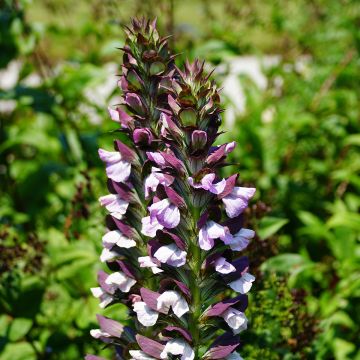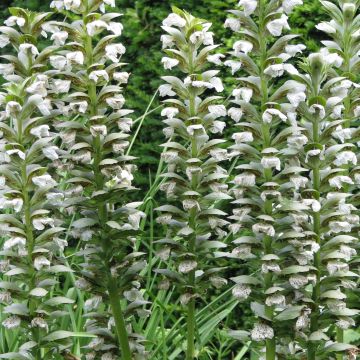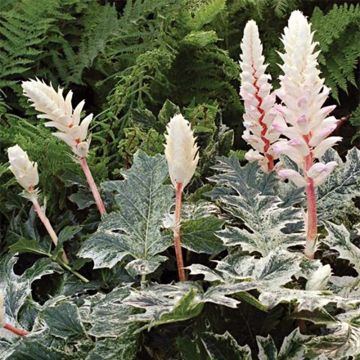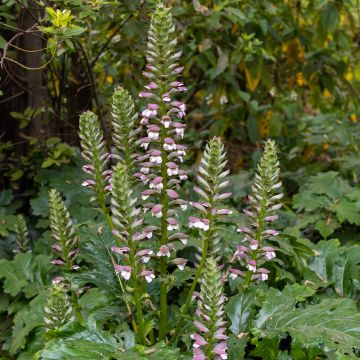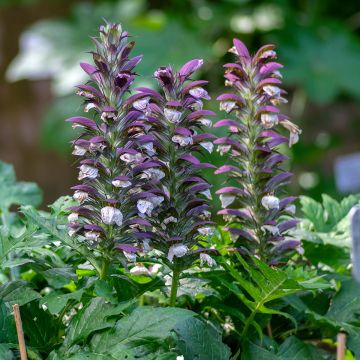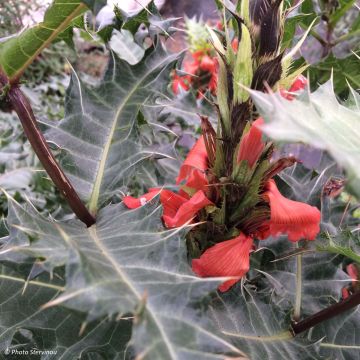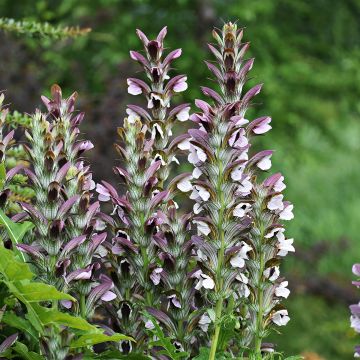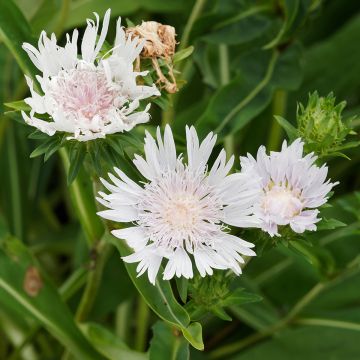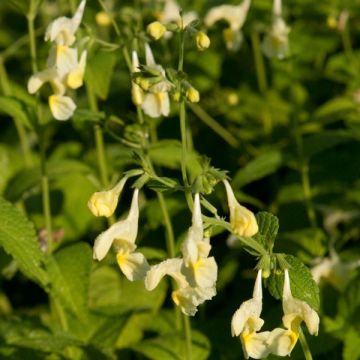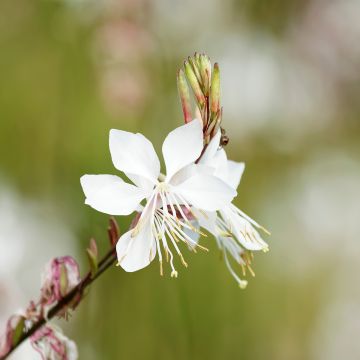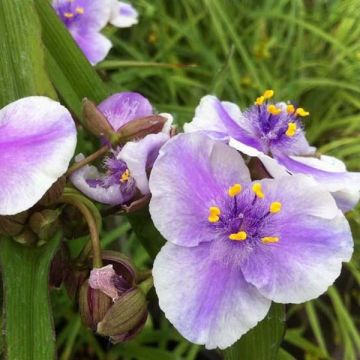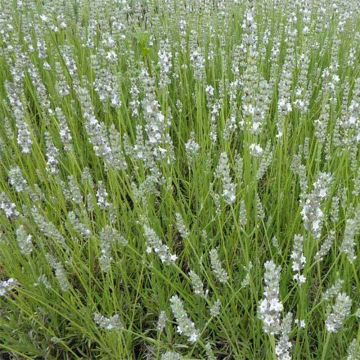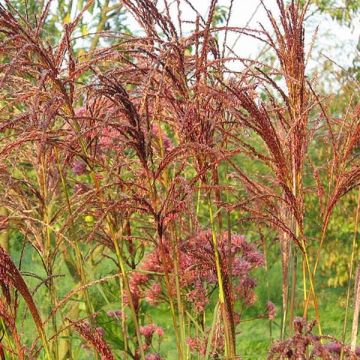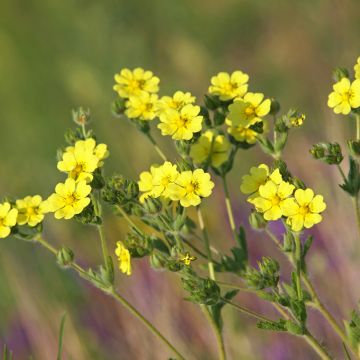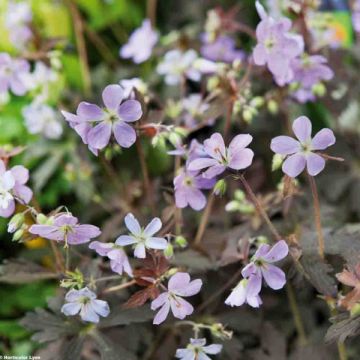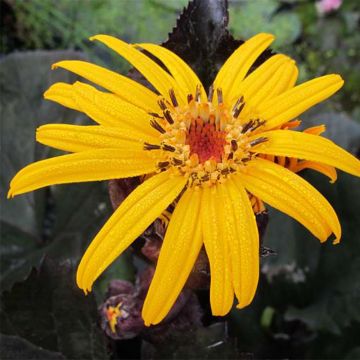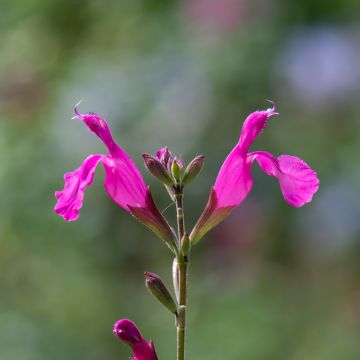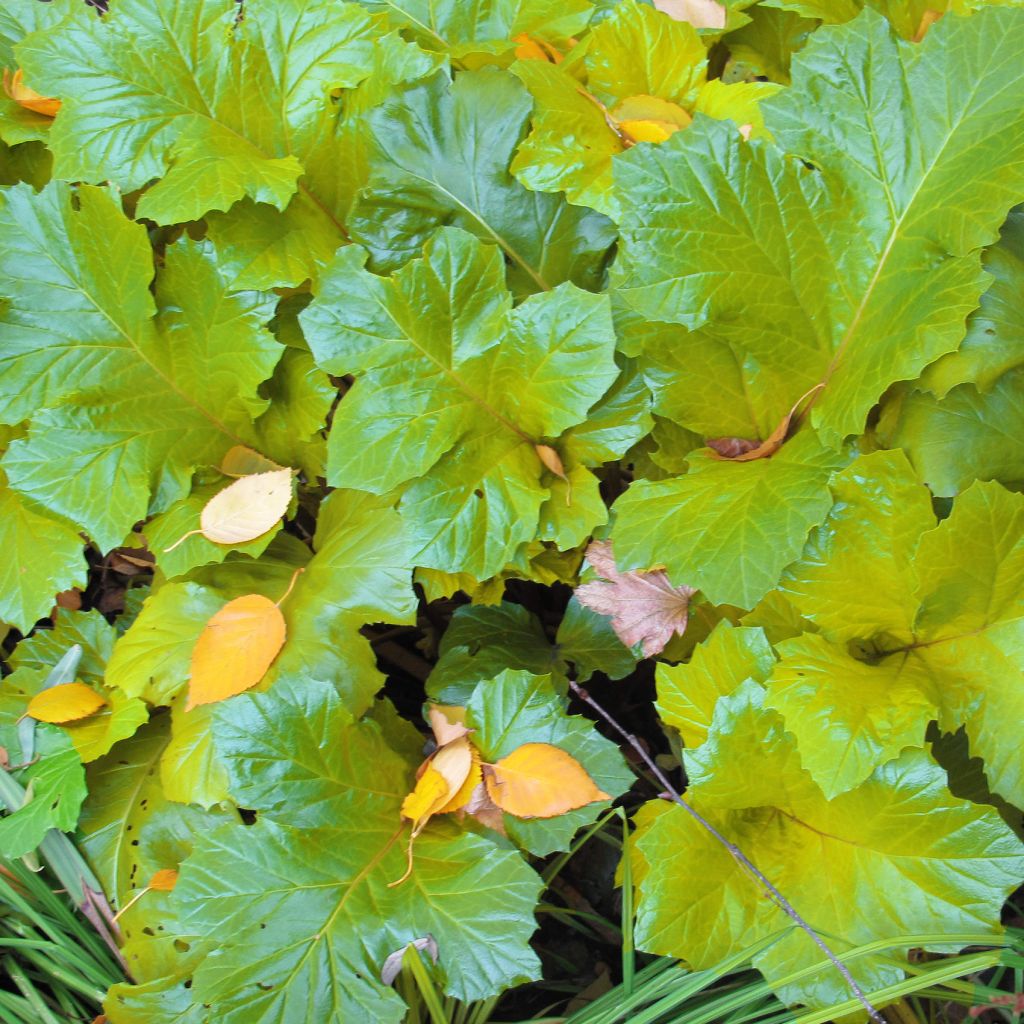

Acanthus mollis Hollards Gold - Bear's Breech
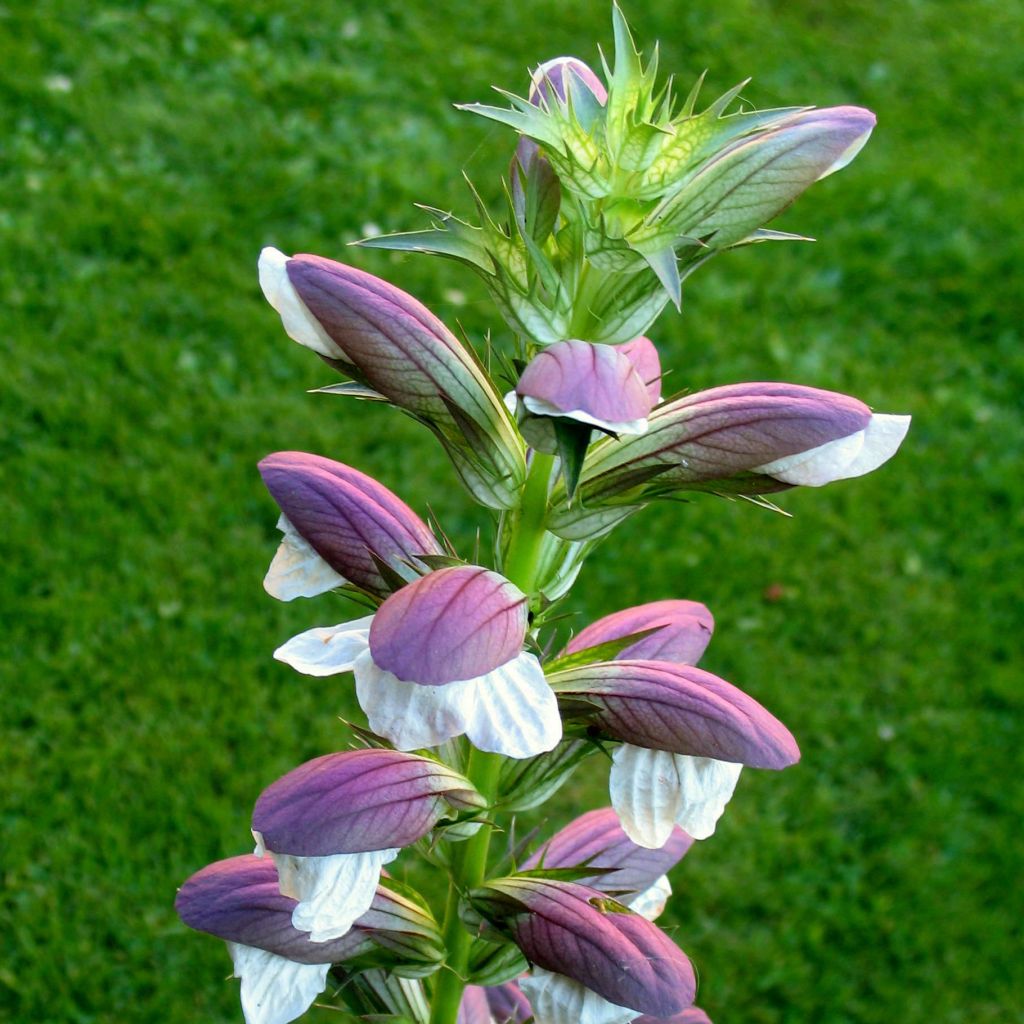

Acanthus mollis Hollards Gold - Bear's Breech
Acanthus mollis Hollards Gold - Bear's Breech
Acanthus mollis Hollards Gold
Bear's Breeches
The 4 buckets have arrived in perfect condition. At this time, the young plant has lovely white flowers resembling those of a strawberry. Can't wait to see the plant ripen.
Nat, 04/04/2020
This item cannot be shipped to the selected country
Delivery charge from €5.90
More information
Schedule delivery date,
and select date in basket
This plant carries a 12 months recovery warranty
More information
We guarantee the quality of our plants for a full growing cycle, and will replace at our expense any plant that fails to recover under normal climatic and planting conditions.
From €5.90 for pickup delivery and €6.90 for home delivery
Express home delivery from €8.90.

Does this plant fit my garden?
Set up your Plantfit profile →
Description
The Acanthus mollis 'Hollard's Gold' or Golden Acanthus is an architectural perennial that has always been sought after in gardens. Fast growth offers a beautiful, abundant, and long-lasting flowering from June to August. Tall upright flower spikes bear white flowers with purple bracts and toothed edges. The floral corollas measure 5 cm (2in) in diameter.
'Hollard's Gold' Acanthus mollis is a spreading shrub composed of bright semi-evergreen foliage that is highly decorative. It has large ovate and toothed leaves, golden yellow turning green as they age, arranged opposite each other and deeply lobed. The foliage of Acanthus mollis is found in Corinthian-style decorations. At maturity, it can reach a height of 80 cm with a spread of 80 cm (32in). The species is native to the Mediterranean Basin and Asia Minor, and is a vigorous plant that can tolerate temperatures as low as -15°C (5°F).
This plant is perfect for perennial borders with decorative foliage, similar to giant dahlias. It is also grown as a stand-alone plant, providing volume and lightness against a dark backdrop of hedges and conifers. The flowers of Acanthus mollis can be used to create beautiful fresh or dried bouquets. The plant pairs well with wildflowers or soft foliage to create a lovely contrast. It can be planted in areas where few plants thrive, such as under a pine tree or oak tree. Acanthus is still used today in traditional medicine to treat inflammation. It was also used in the past to obtain a yellow colour.
Report an error about the product description
Acanthus mollis Hollards Gold - Bear's Breech in pictures
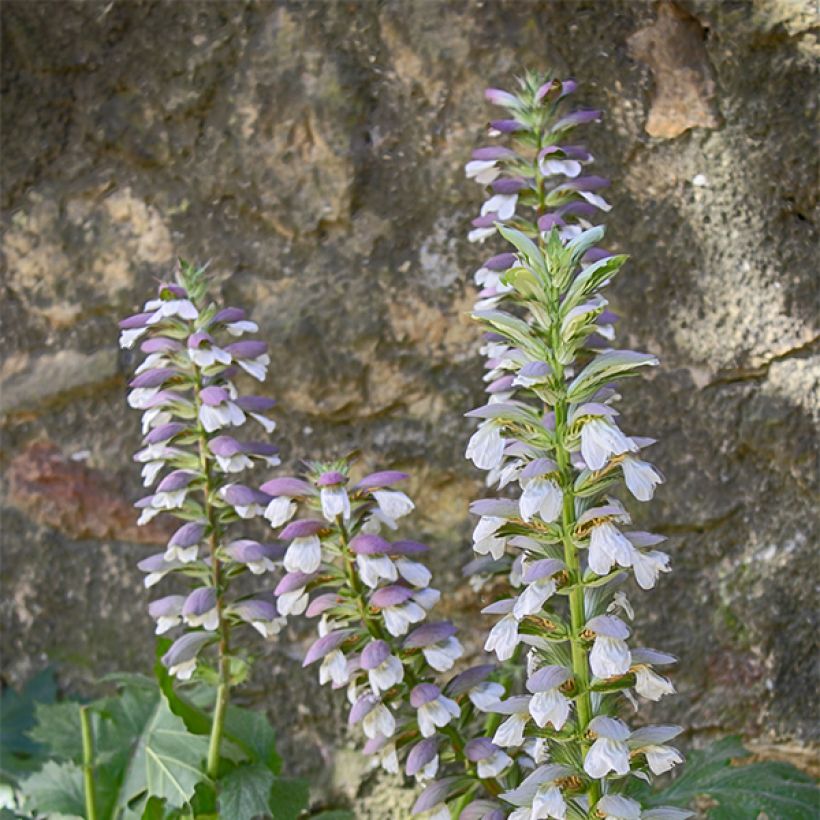

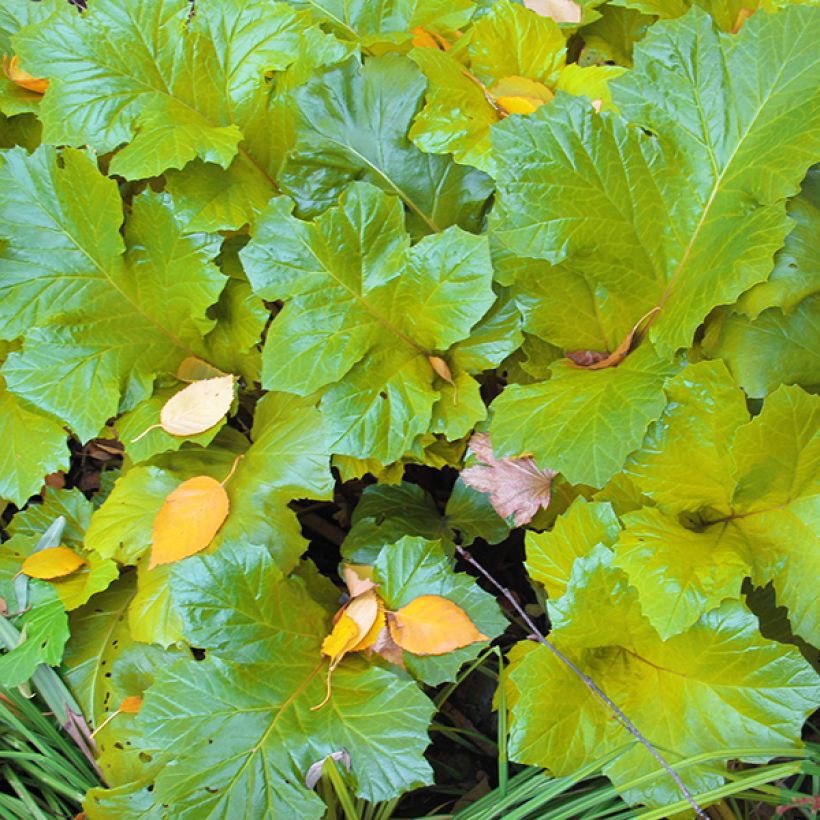

Flowering
Foliage
Plant habit
Botanical data
Acanthus
mollis
Hollards Gold
Acanthaceae
Bear's Breeches
Cultivar or hybrid
Other Acanthus
Planting and care
The Acanthus mollis 'Hollards Gold' prefers partial shade and can tolerate full sun. Cultivate it in a sheltered spot, avoiding strong winds, in any soil as long as it is rich, deep, and well-drained. It can tolerate coastal conditions. Space the acanthus plants 60 cm (24in) apart. Easy to grow, provide liquid fertiliser once a month during the growing season and keep the soil moist in winter while applying a winter mulch in the first year of planting. Cultivate acanthus plants in a mixture of garden soil and compost under bright, filtered light in a greenhouse. Water moderately during the growing season. The plant does not like to be moved. After flowering, cut back the flower stalks. If you do not want it to self-seed, be careful; it's prickly! In spring, slugs and snails can invade Acanthus plants, especially on humid days. They are susceptible to powdery mildew.
Planting period
Intended location
Care
-
, onOrder confirmed
Reply from on Promesse de fleurs
Summer flowering perennials
Haven't found what you were looking for?
Hardiness is the lowest winter temperature a plant can endure without suffering serious damage or even dying. However, hardiness is affected by location (a sheltered area, such as a patio), protection (winter cover) and soil type (hardiness is improved by well-drained soil).

Photo Sharing Terms & Conditions
In order to encourage gardeners to interact and share their experiences, Promesse de fleurs offers various media enabling content to be uploaded onto its Site - in particular via the ‘Photo sharing’ module.
The User agrees to refrain from:
- Posting any content that is illegal, prejudicial, insulting, racist, inciteful to hatred, revisionist, contrary to public decency, that infringes on privacy or on the privacy rights of third parties, in particular the publicity rights of persons and goods, intellectual property rights, or the right to privacy.
- Submitting content on behalf of a third party;
- Impersonate the identity of a third party and/or publish any personal information about a third party;
In general, the User undertakes to refrain from any unethical behaviour.
All Content (in particular text, comments, files, images, photos, videos, creative works, etc.), which may be subject to property or intellectual property rights, image or other private rights, shall remain the property of the User, subject to the limited rights granted by the terms of the licence granted by Promesse de fleurs as stated below. Users are at liberty to publish or not to publish such Content on the Site, notably via the ‘Photo Sharing’ facility, and accept that this Content shall be made public and freely accessible, notably on the Internet.
Users further acknowledge, undertake to have ,and guarantee that they hold all necessary rights and permissions to publish such material on the Site, in particular with regard to the legislation in force pertaining to any privacy, property, intellectual property, image, or contractual rights, or rights of any other nature. By publishing such Content on the Site, Users acknowledge accepting full liability as publishers of the Content within the meaning of the law, and grant Promesse de fleurs, free of charge, an inclusive, worldwide licence for the said Content for the entire duration of its publication, including all reproduction, representation, up/downloading, displaying, performing, transmission, and storage rights.
Users also grant permission for their name to be linked to the Content and accept that this link may not always be made available.
By engaging in posting material, Users consent to their Content becoming automatically accessible on the Internet, in particular on other sites and/or blogs and/or web pages of the Promesse de fleurs site, including in particular social pages and the Promesse de fleurs catalogue.
Users may secure the removal of entrusted content free of charge by issuing a simple request via our contact form.
The flowering period indicated on our website applies to countries and regions located in USDA zone 8 (France, the United Kingdom, Ireland, the Netherlands, etc.)
It will vary according to where you live:
- In zones 9 to 10 (Italy, Spain, Greece, etc.), flowering will occur about 2 to 4 weeks earlier.
- In zones 6 to 7 (Germany, Poland, Slovenia, and lower mountainous regions), flowering will be delayed by 2 to 3 weeks.
- In zone 5 (Central Europe, Scandinavia), blooming will be delayed by 3 to 5 weeks.
In temperate climates, pruning of spring-flowering shrubs (forsythia, spireas, etc.) should be done just after flowering.
Pruning of summer-flowering shrubs (Indian Lilac, Perovskia, etc.) can be done in winter or spring.
In cold regions as well as with frost-sensitive plants, avoid pruning too early when severe frosts may still occur.
The planting period indicated on our website applies to countries and regions located in USDA zone 8 (France, United Kingdom, Ireland, Netherlands).
It will vary according to where you live:
- In Mediterranean zones (Marseille, Madrid, Milan, etc.), autumn and winter are the best planting periods.
- In continental zones (Strasbourg, Munich, Vienna, etc.), delay planting by 2 to 3 weeks in spring and bring it forward by 2 to 4 weeks in autumn.
- In mountainous regions (the Alps, Pyrenees, Carpathians, etc.), it is best to plant in late spring (May-June) or late summer (August-September).
The harvesting period indicated on our website applies to countries and regions in USDA zone 8 (France, England, Ireland, the Netherlands).
In colder areas (Scandinavia, Poland, Austria...) fruit and vegetable harvests are likely to be delayed by 3-4 weeks.
In warmer areas (Italy, Spain, Greece, etc.), harvesting will probably take place earlier, depending on weather conditions.
The sowing periods indicated on our website apply to countries and regions within USDA Zone 8 (France, UK, Ireland, Netherlands).
In colder areas (Scandinavia, Poland, Austria...), delay any outdoor sowing by 3-4 weeks, or sow under glass.
In warmer climes (Italy, Spain, Greece, etc.), bring outdoor sowing forward by a few weeks.

































